Home>Garden Essentials>How To Germinate Betula Occidentalis
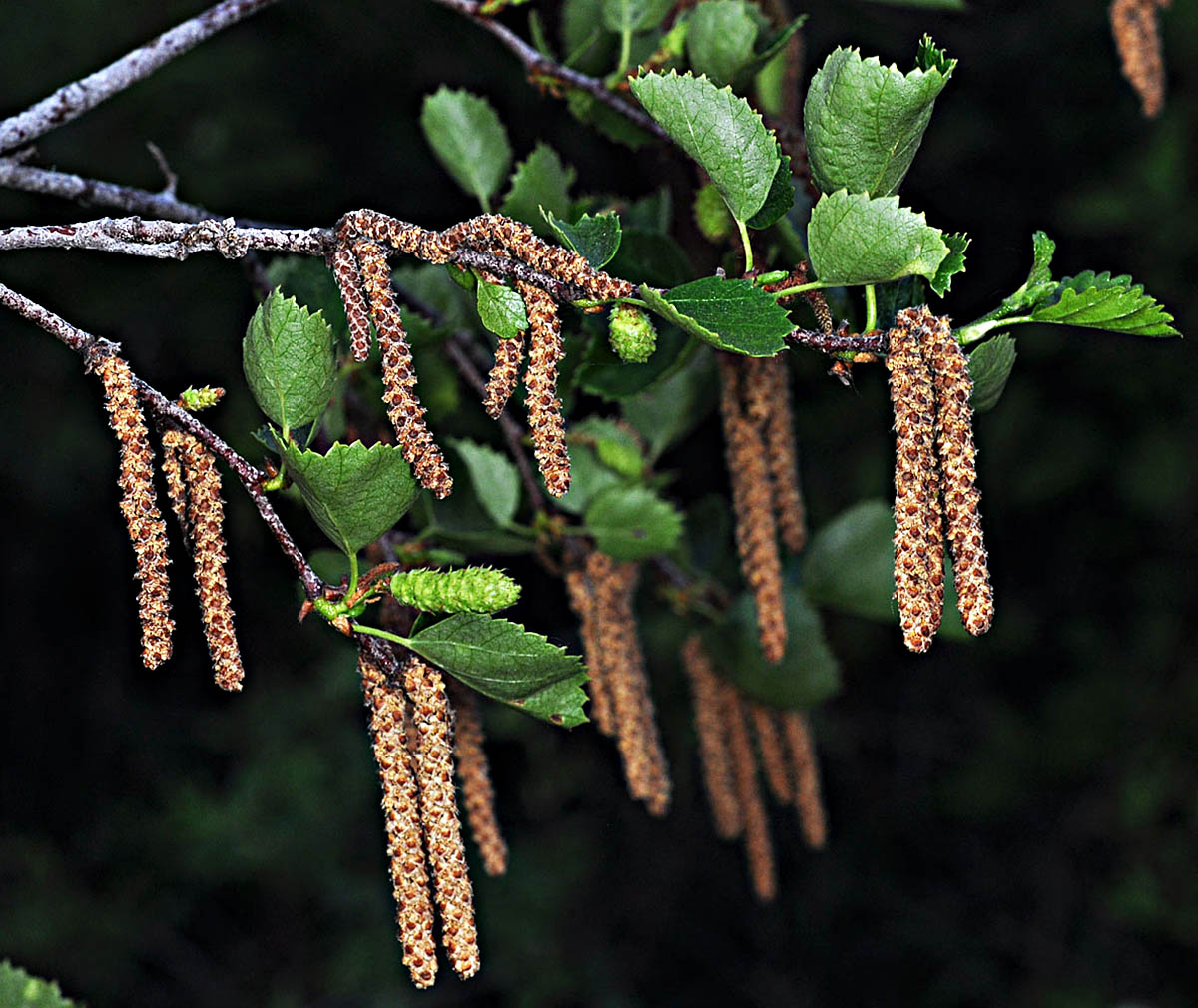

Garden Essentials
How To Germinate Betula Occidentalis
Modified: March 16, 2024
Learn how to germinate Betula Occidentalis in your garden with our step-by-step guide. Discover the best techniques and tips for successful cultivation.
(Many of the links in this article redirect to a specific reviewed product. Your purchase of these products through affiliate links helps to generate commission for Storables.com, at no extra cost. Learn more)
Introduction
Welcome to the world of gardening, where every plant has its own unique charm and beauty. If you’re a garden enthusiast, you may have come across the Betula occidentalis, commonly known as the Western Birch or Water Birch. This beautiful tree is native to the Western United States and is highly prized for its elegant appearance and contribution to landscape aesthetics. But have you ever wondered how to germinate Betula occidentalis seeds and grow your own magnificent tree? In this article, we will explore the germination process for Betula occidentalis and provide you with valuable insights and tips to help you successfully grow this remarkable tree in your garden.
Before we dive into the germination process, let’s take a moment to understand what makes the Betula occidentalis so special. This deciduous tree is known for its slender, silver-white bark that peels off in thin layers, revealing a beautiful reddish-brown inner bark. The leaves of the Betula occidentalis are small, triangular, and serrated, adding to the tree’s overall gracefulness. In the spring, this tree produces beautiful catkins, adding a touch of desirability to any landscape.
Now that we have appreciated the beauty of the Betula occidentalis, let’s move on to the essential conditions required for successful germination.
Key Takeaways:
- Betula occidentalis, or Western Birch, is a beautiful tree native to the Western United States. To successfully grow these trees, ensure proper moisture, temperature, and soil conditions for germination.
- After preparing the seeds, try germination methods like stratification, scarification, or direct sowing. Once the seeds germinate, provide care by watering, providing light, and protecting the seedlings.
Read more: How To Germinate A Bean
Understanding Betula Occidentalis
Before diving into the germination process, it’s important to understand the specific characteristics and requirements of Betula occidentalis. This knowledge will help you create the ideal conditions for successful germination and growth.
The Betula occidentalis is primarily found in moist, riparian areas such as stream banks and mountain slopes. It prefers locations with well-draining soil and a sufficient water supply. This tree can tolerate both full sun and partial shade, making it adaptable to various garden environments. It is important to note that Betula occidentalis is a cold-hardy tree and can withstand freezing temperatures, making it an excellent choice for gardens in colder climates.
One unique feature of Betula occidentalis is its ability to attract various bird species. The seeds of this tree are a valuable food source for birds such as finches and grouse, making it a great addition to any wildlife-friendly garden. Moreover, the Betula occidentalis is also known to provide habitat for butterflies and other insects.
Understanding the natural habitat and ecological role of Betula occidentalis will help you in replicating the ideal conditions for its germination and growth in your garden. Now let’s move on to the essential conditions needed for successful germination.
Conditions for Germination
Creating the right conditions for germination is crucial to ensure the success of your Betula occidentalis seeds. Here are the key factors to consider:
- Moisture: Betula occidentalis seeds require a moist environment for germination. It is essential to keep the soil consistently damp, but not waterlogged. Ensure that the planting medium drains well to prevent waterlogging, which can lead to rotting of the seeds.
- Temperature: Betula occidentalis is a cold-hardy tree, but it still requires specific temperature conditions for germination. The optimal temperature range for germination is between 40°F (4°C) and 50°F (10°C). It is important to note that consistent temperature fluctuations may affect germination rates.
- Light: Betula occidentalis seeds do not require light for germination. In fact, they prefer a dark environment. It is recommended to cover the seeds with a thin layer of soil or a light-proof cover to maintain darkness during germination.
- Soil: The soil for germinating Betula occidentalis seeds should be well-draining and rich in organic matter. A combination of peat moss, vermiculite, and perlite can create an ideal growing medium. This mixture provides both moisture retention and proper aeration for the developing roots.
- Germination Time: Betula occidentalis seeds usually take anywhere from two weeks to three months to germinate. Patience is crucial during this time, as the germination process can vary depending on the temperature, moisture level, and other environmental conditions.
By ensuring that these conditions are met, you’ll greatly increase the chances of successful germination for your Betula occidentalis seeds. Now that we understand the ideal conditions, let’s move on to preparing the seeds for germination.
Preparing the Seeds
Before you can begin the germination process, it is important to properly prepare the Betula occidentalis seeds. Follow these steps to ensure the best chances of successful germination:
- Seed Collection: Start by collecting mature seeds from a Betula occidentalis tree. Choose seeds that are fully formed and ripe, which are typically brown in color. Avoid seeds that are discolored or damaged, as they may have a lower germination rate.
- Seed Cleaning: Once you have collected the seeds, it is important to clean them to remove any debris or fruit residue. Gently rub the seeds between your fingers or use a soft brush to remove any remaining impurities. This will help prevent mold or bacterial growth during germination.
- Seed Storage: If you are not planning to germinate the seeds immediately, it is recommended to store them in a cool and dry place. You can place them in a sealed container or envelope, and store them in the refrigerator to maintain their freshness. Remember to label the container with the date of collection to keep track of their viability.
- Seed Soaking: Before planting the seeds, you can enhance their germination rate by soaking them in water for 24 hours. Fill a container with room temperature water and place the seeds in it. This process helps soften the seed coat and promotes moisture absorption, aiding in successful germination.
By following these steps, you will ensure that your Betula occidentalis seeds are clean, well-preserved, and ready for the germination process. Now that your seeds are prepared, let’s explore three different methods for germinating them.
Germination Method 1: Stratification
Stratification is a germination method that mimics the natural conditions seeds experience during the winter season. Betula occidentalis seeds benefit from a period of cold stratification to break their dormancy and initiate germination. Here’s how you can stratify your Betula occidentalis seeds:
- Seed Placement: Place the seeds in a sealable plastic bag or container. You can add a small amount of a moist growing medium like vermiculite, peat moss, or damp paper towel to provide a suitable environment for the seeds.
- Refrigeration: Put the bag or container with the seeds in the refrigerator, ensuring that the temperature remains around 40°F (4°C) to 50°F (10°C). This cold period will stimulate the natural process of seed dormancy breaking.
- Duration: The recommended stratification period for Betula occidentalis seeds is approximately 30 to 60 days. Ensure that you periodically check the moisture level of the growing medium, as it should remain moist but not waterlogged.
- Germination: After the stratification period, remove the seeds from the refrigerator and allow them to come to room temperature. You can then proceed with sowing the seeds in a suitable growing medium, following the guidelines provided earlier.
Stratification is an effective method for breaking seed dormancy and promoting germination in Betula occidentalis. By mimicking the natural winter conditions, you can increase the germination rate and overall success of your seeds. Now, let’s explore another germination method for Betula occidentalis seeds: scarification.
To germinate Betula occidentalis (water birch) seeds, stratify them in a moist, cold environment for 60-90 days before planting in well-draining soil. Keep the soil consistently moist and provide partial shade.
Read more: How To Germinate Pecans
Germination Method 2: Scarification
Scarification is a germination method that involves mechanically breaking or weakening the hard seed coat of Betula occidentalis seeds. This process allows water and air to penetrate the seed, promoting germination. Here’s how you can scarify your Betula occidentalis seeds:
- Seed Collection: Start by collecting mature Betula occidentalis seeds. Ensure that they are fully formed and ripe. Avoid using damaged or discolored seeds, as they may have a lower germination rate.
- Scarification Techniques: There are several methods you can use to scarify the seeds. One way is to gently rub each seed with sandpaper or a nail file to create small scratches on the seed coat. Another method is to soak the seeds in hot water for a few minutes, followed by immediately transferring them to cold water. The drastic change in temperature helps break the seed coat.
- Seed Soaking: After scarifying the seeds, it is beneficial to soak them in warm water for 24 hours. This helps soften the seed coat further and promotes moisture absorption.
- Seed Sowing: Once the scarification process is complete, sow the seeds in a suitable growing medium. Ensure that the medium provides good drainage and moisture retention. Follow the planting guidelines mentioned earlier in the article.
By scarifying the seeds, you are effectively breaking the hard seed coat barrier and increasing the chances of successful germination. This method helps the seeds absorb water and allows for the necessary exchange of gases. Now, let’s explore another germination method for Betula occidentalis seeds: direct sowing.
Germination Method 3: Direct Sowing
Direct sowing is a straightforward and natural germination method that involves planting Betula occidentalis seeds directly into the ground. This method mimics the natural process of seed dispersal and germination. Here’s how you can use direct sowing to germinate your Betula occidentalis seeds:
- Seed Preparation: Start by preparing the seeds as mentioned earlier in the article. Clean the seeds from any debris and soak them in water for 24 hours to enhance their germination rate.
- Choosing a Planting Location: Select a suitable location in your garden for direct sowing. Ensure that the area has well-draining soil and is exposed to either full sun or partial shade, as per the preferences of Betula occidentalis.
- Soil Preparation: Prepare the soil in the chosen area by loosening it with a garden fork or a tiller. Remove any weeds or rocks to provide a clean and fertile bed for the seeds.
- Seed Planting: Plant the soaked Betula occidentalis seeds directly into the prepared soil. Follow the recommended planting depth, typically about 1 inch deep. Space the seeds adequately, ensuring that there is enough room for the trees to grow and develop in the future.
- Watering and Maintenance: After planting, water the area thoroughly to ensure that the soil is moist. Keep the soil consistently damp but not waterlogged throughout the germination process. Conduct regular watering and provide necessary care as the seedlings start to emerge.
The direct sowing method is a natural and convenient way to germinate Betula occidentalis seeds. By planting the seeds directly into the ground, you allow them to follow their natural growth process. Now that you have learned about the different germination methods, let’s move on to understanding how to care for the germinated seeds.
Caring for Germinated Seeds
Once your Betula occidentalis seeds have germinated and the seedlings have emerged, it’s important to provide proper care to ensure their healthy growth and development. Here are some essential tips for caring for germinated seeds:
- Watering: Water the seedlings regularly, keeping the soil consistently moist but not overly saturated. Monitor the moisture levels and adjust watering accordingly to prevent drying out or overwatering.
- Lighting: Place the seedlings in a location where they can receive adequate sunlight or bright indirect light. Betula occidentalis thrives in full sun to partial shade, so ensure they are exposed to the appropriate lighting conditions.
- Temperature: Maintain a temperature range of 60°F (15°C) to 70°F (21°C) for optimal growth. Protect the seedlings from extreme temperatures and frost, as they are still delicate at this stage.
- Protection: Protect the young seedlings from potential threats such as pests and strong winds. Use appropriate barriers or netting to shield them from damage.
- Weeding: Regularly remove any weeds or competing plants around the seedlings. Weeds can hinder the growth of the Betula occidentalis seedlings by competing for nutrients and water.
- Fertilization: Once the seedlings have established a few sets of leaves, you can start incorporating a balanced, slow-release fertilizer to provide essential nutrients. Follow the manufacturer’s instructions for application rates and timing.
- Transplanting: When the seedlings have grown to a suitable size and are strong enough, you can consider transplanting them into larger containers or outdoor locations. Ensure that the new planting site meets the ideal conditions for Betula occidentalis growth.
- Monitoring: Continuously monitor the seedlings for any signs of diseases, pests, or nutrient deficiencies. Address any issues promptly to prevent further damage to the plants.
By providing proper care, nurturing, and monitoring, you will encourage the healthy growth and establishment of your Betula occidentalis seedlings. Remember to be patient and enjoy the process of watching these magnificent trees grow in your garden.
With the knowledge you have acquired about germinating and caring for Betula occidentalis seeds, you are well-equipped to embark on a successful gardening journey. Have fun exploring the fascinating world of Betula occidentalis and creating a stunning landscape filled with these beautiful trees!
em> Note: Remember to check and follow any regional or local regulations and guidelines regarding the collection, propagation, and planting of native plant species.
Conclusion
Congratulations on delving into the fascinating world of Betula occidentalis germination and cultivation! By understanding the unique characteristics of this beautiful tree and following the proper germination methods, you can grow your own Betula occidentalis trees and enhance the natural beauty of your garden.
We began by exploring the charm and allure of Betula occidentalis, appreciating its elegant appearance, silver-white bark, and delicate leaves. We then delved into the essential conditions required for successful germination, including moisture, temperature, light, and proper soil. Understanding the natural habitat and ecological role of Betula occidentalis is vital for replicating the ideal conditions for its germination and growth.
Next, we discussed the preparation of the seeds, such as collection, cleaning, storage, and soaking. These steps ensure that your Betula occidentalis seeds are in optimal condition for germination. We then explored three different germination methods: stratification, scarification, and direct sowing. Each method offers a unique approach to breaking seed dormancy and promoting successful germination.
Once the seeds have germinated, we discussed the importance of caring for the seedlings. This includes providing adequate water, proper lighting, and suitable temperature conditions. We also emphasized the need for protection, weeding, fertilization, and monitoring to ensure the healthy growth and development of your Betula occidentalis seedlings.
As you continue on your gardening journey, remember to be patient and enjoy the process. Watching the growth of your Betula occidentalis trees from seeds to established plants will bring a sense of satisfaction and pride. Embrace the beauty and ecological value that these magnificent trees bring to your garden.
Now that you have gained valuable insights and knowledge about Betula occidentalis germination and care, it’s time to put your newfound expertise into practice. Follow the guidelines provided, adapt them to your specific gardening conditions, and nurture your own thriving Betula occidentalis trees. Happy gardening!
Note: Always consider and follow any regional or local regulations and guidelines regarding the collection, propagation, and planting of native plant species.
Frequently Asked Questions about How To Germinate Betula Occidentalis
Was this page helpful?
At Storables.com, we guarantee accurate and reliable information. Our content, validated by Expert Board Contributors, is crafted following stringent Editorial Policies. We're committed to providing you with well-researched, expert-backed insights for all your informational needs.
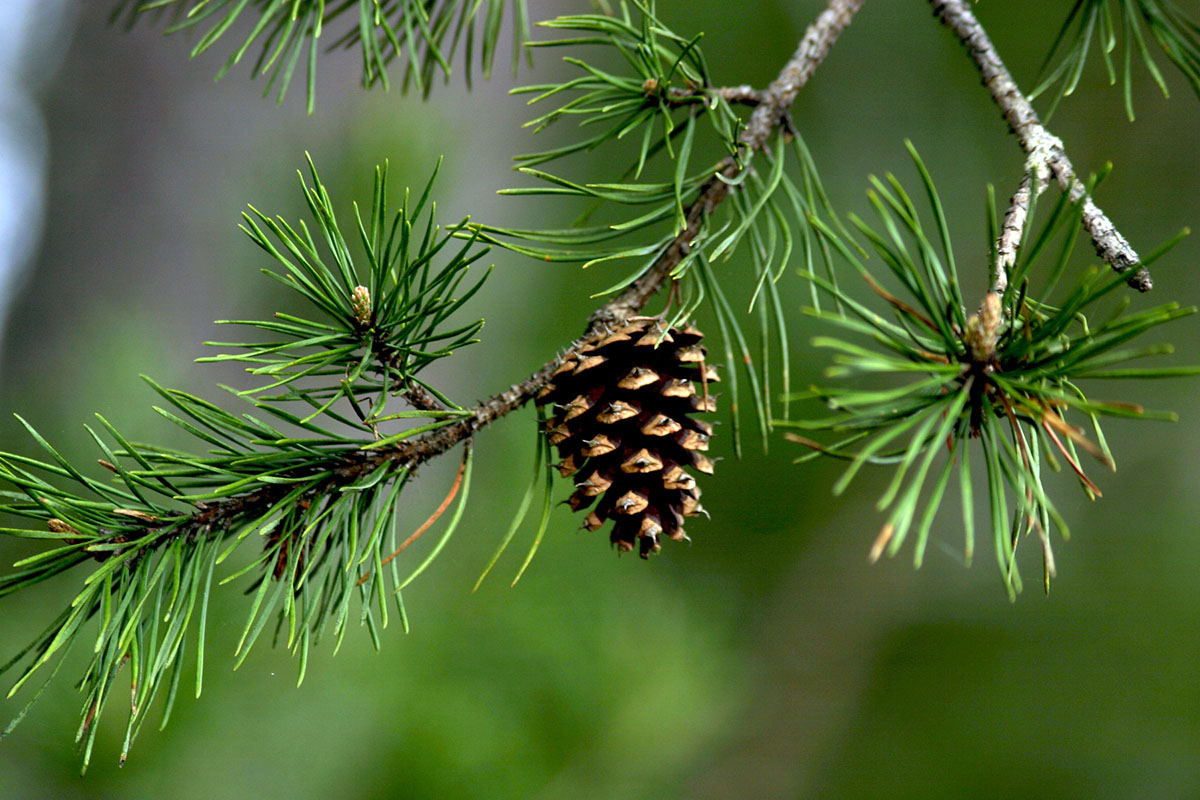
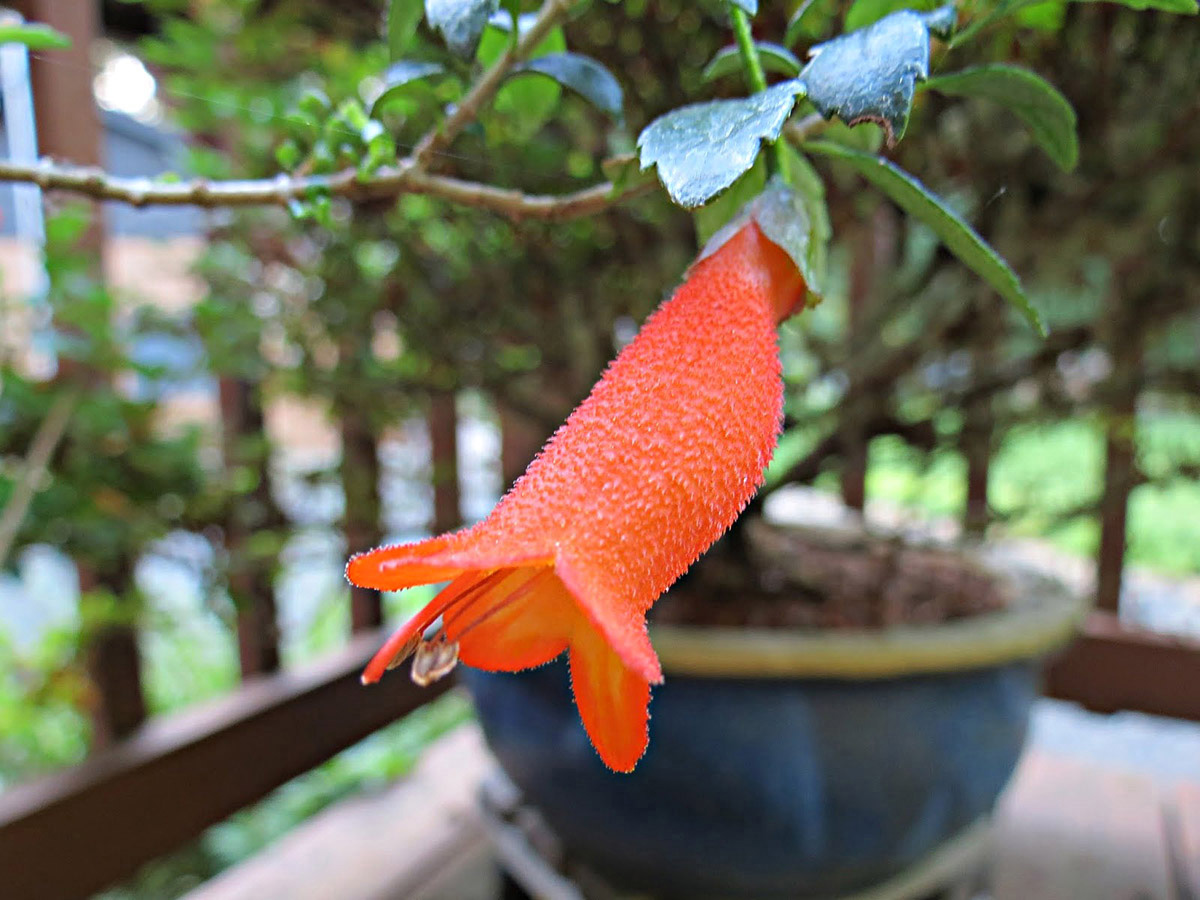
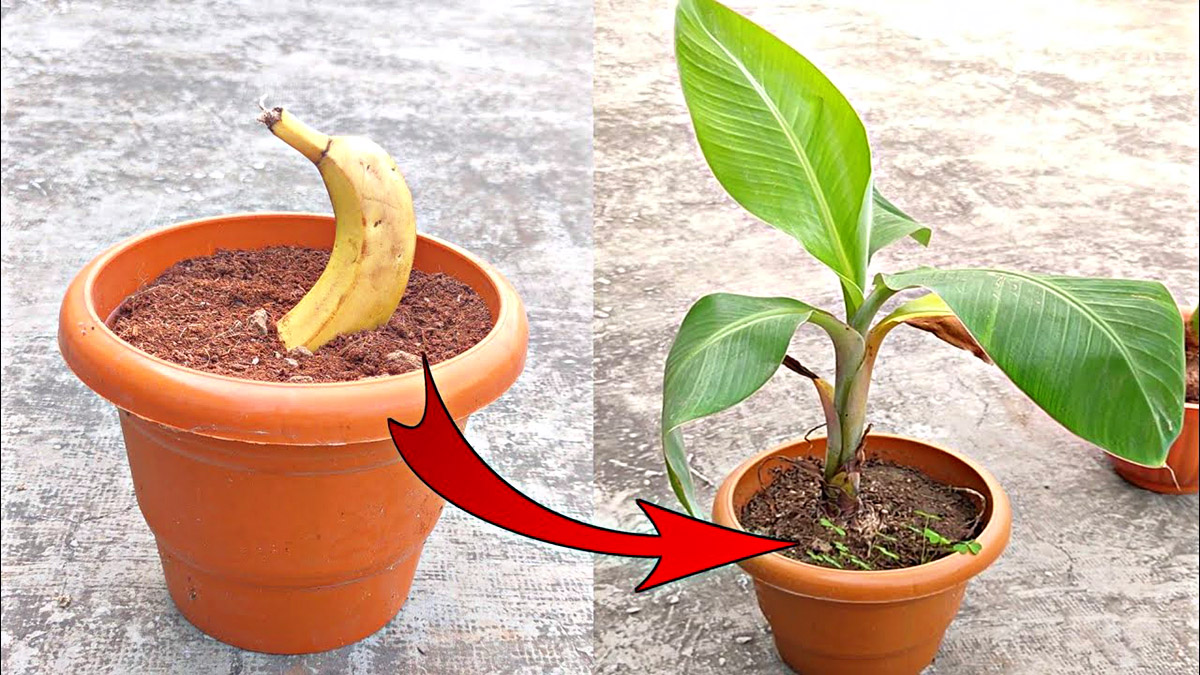
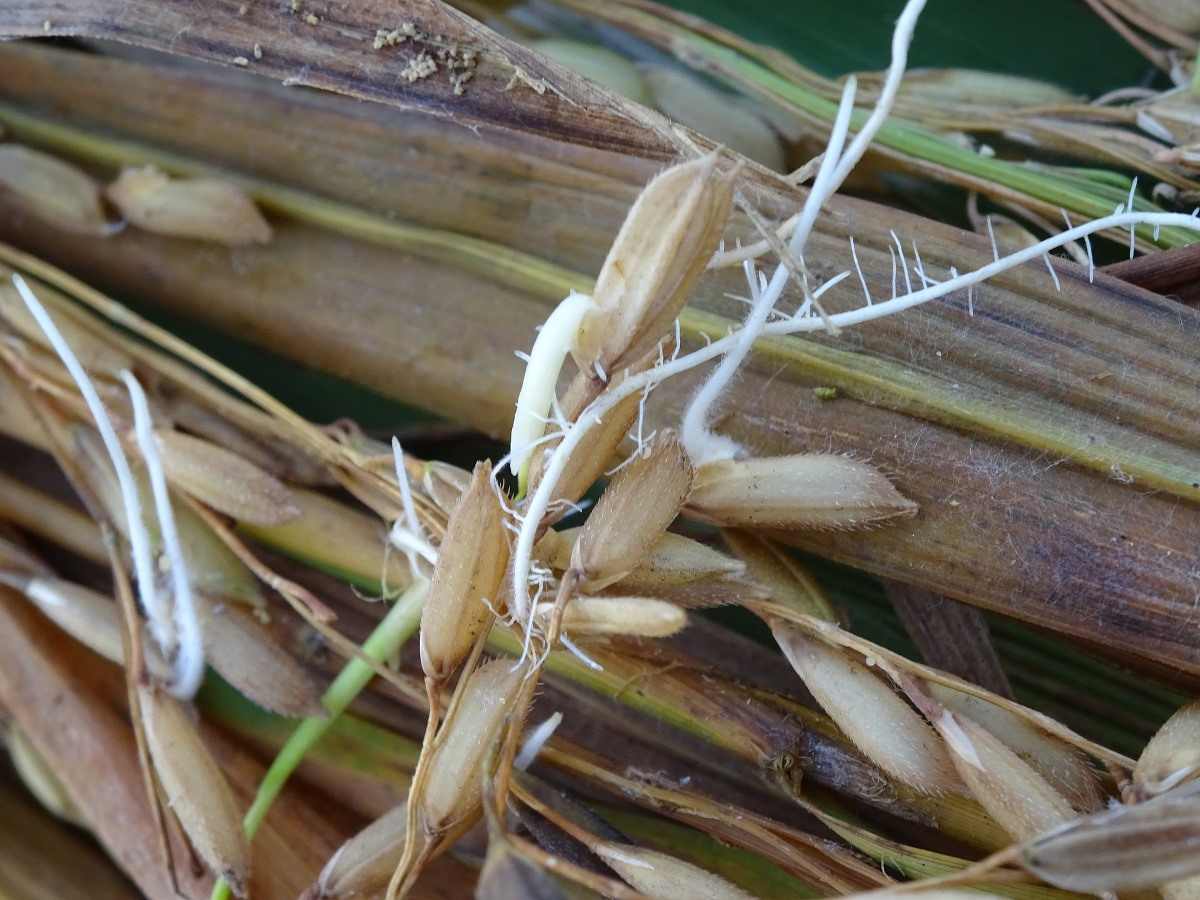
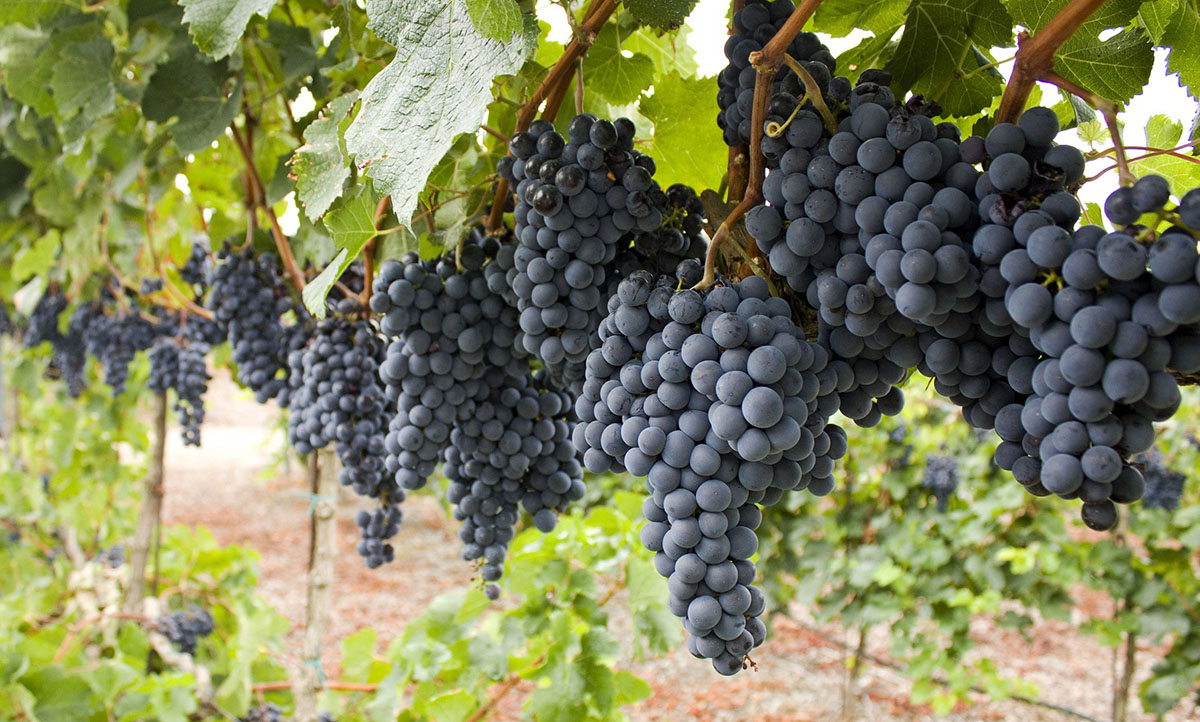
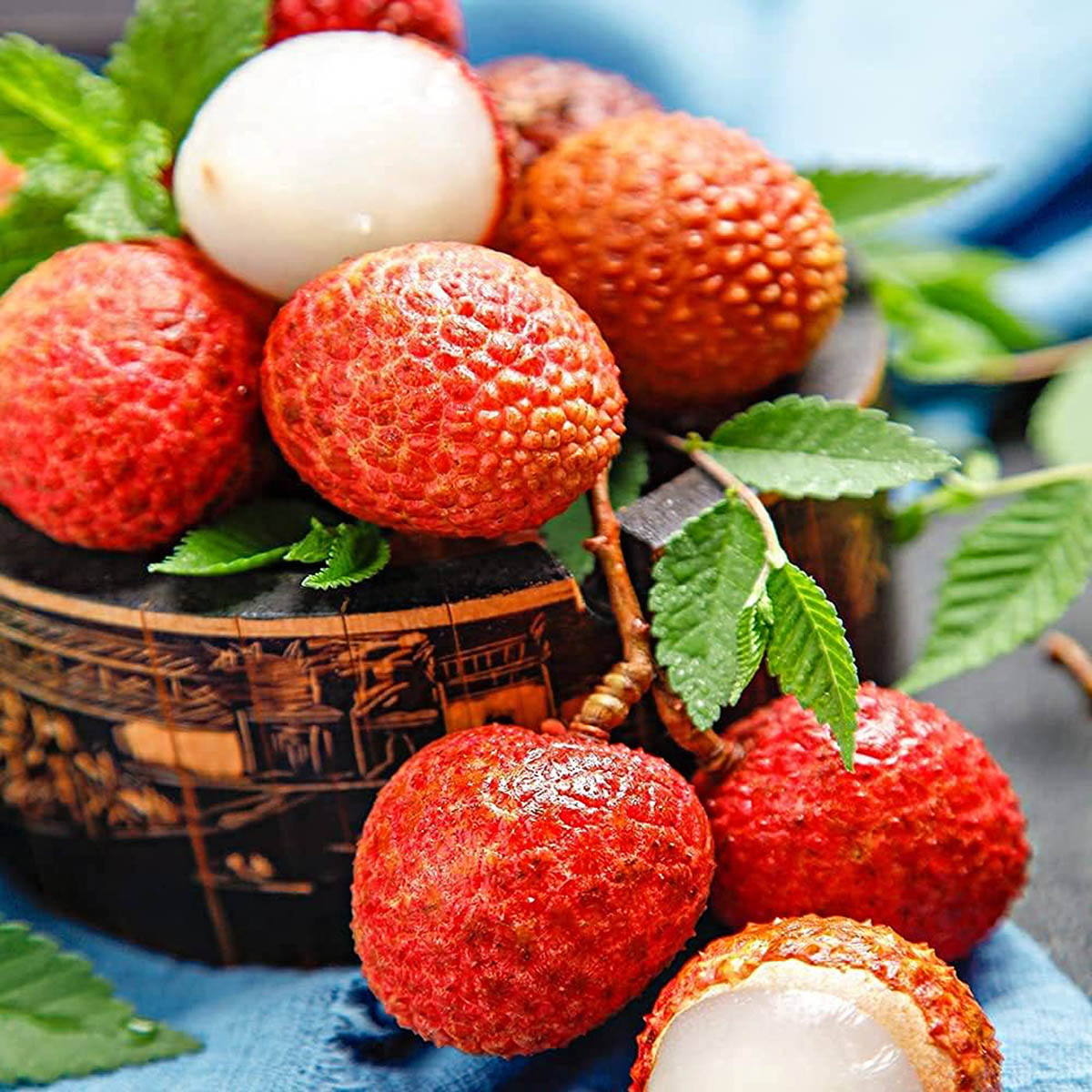
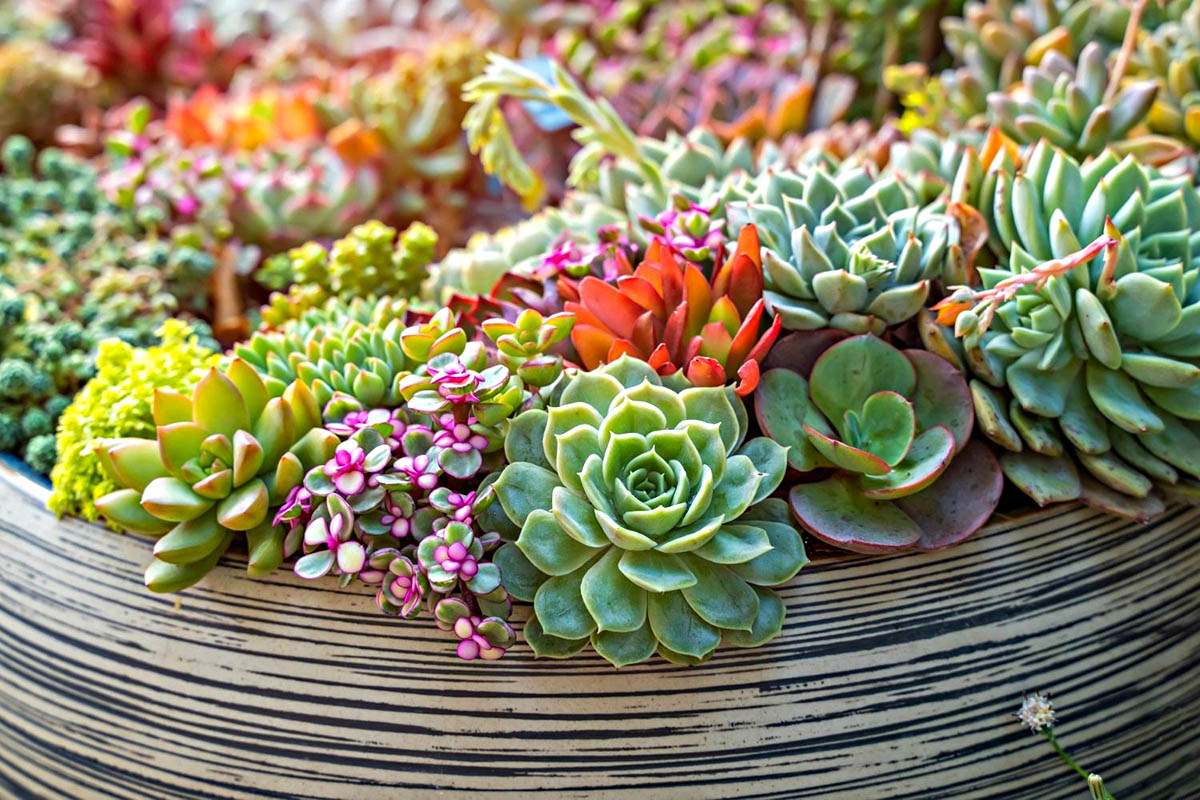
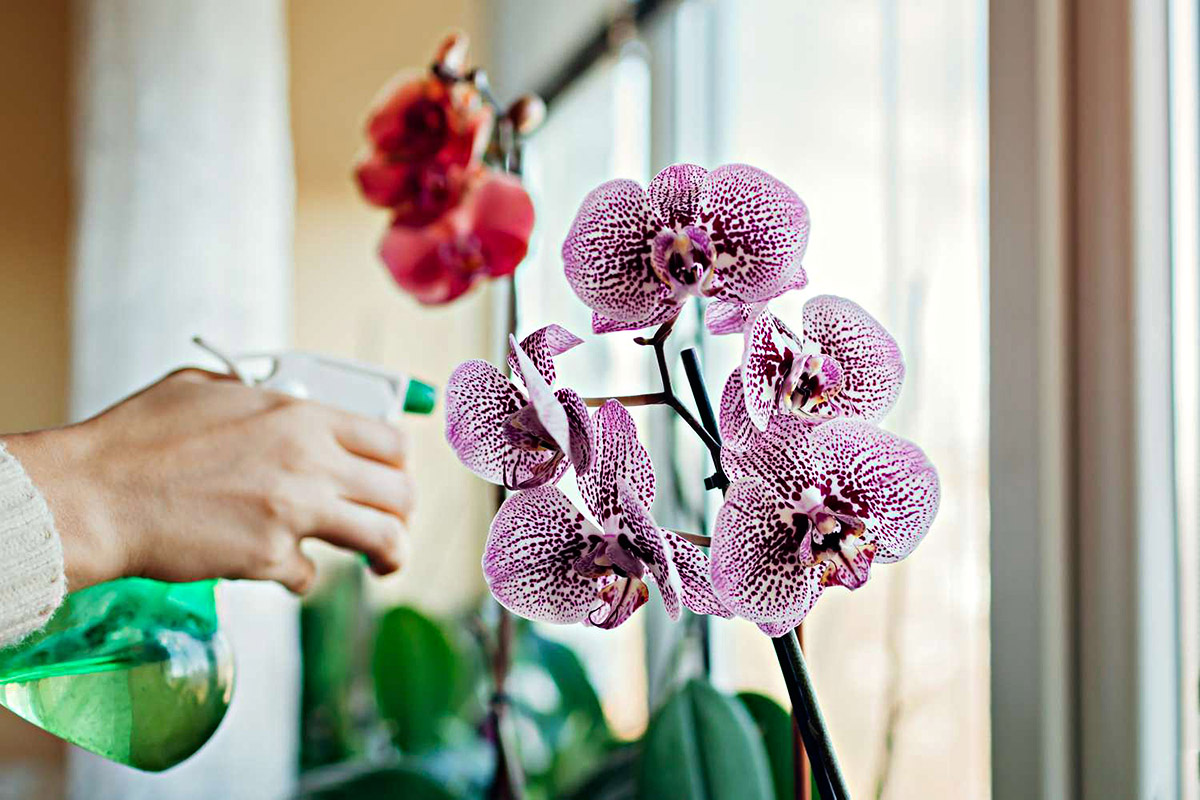

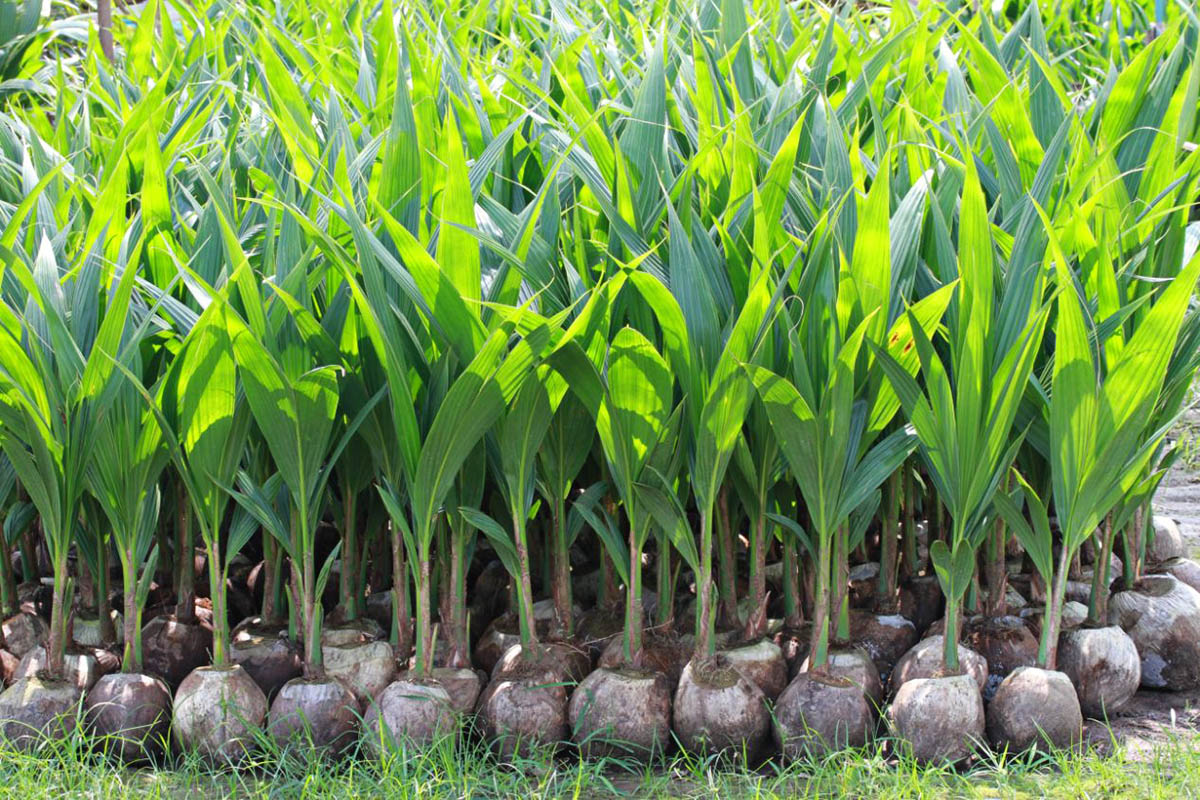
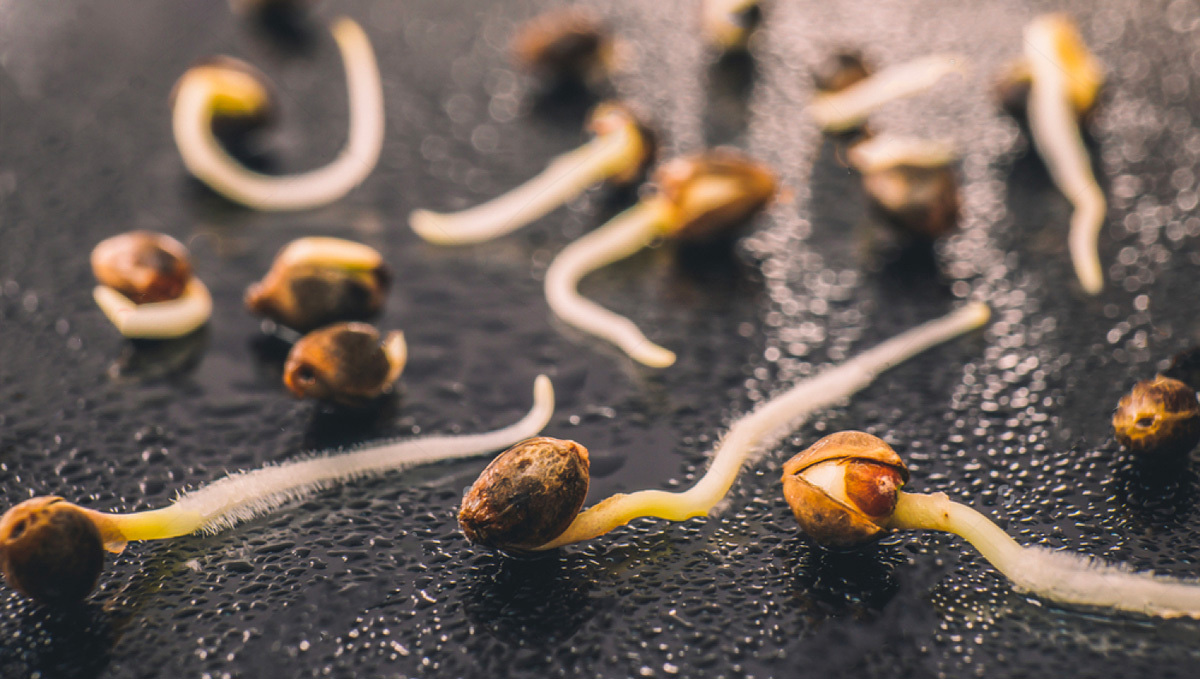
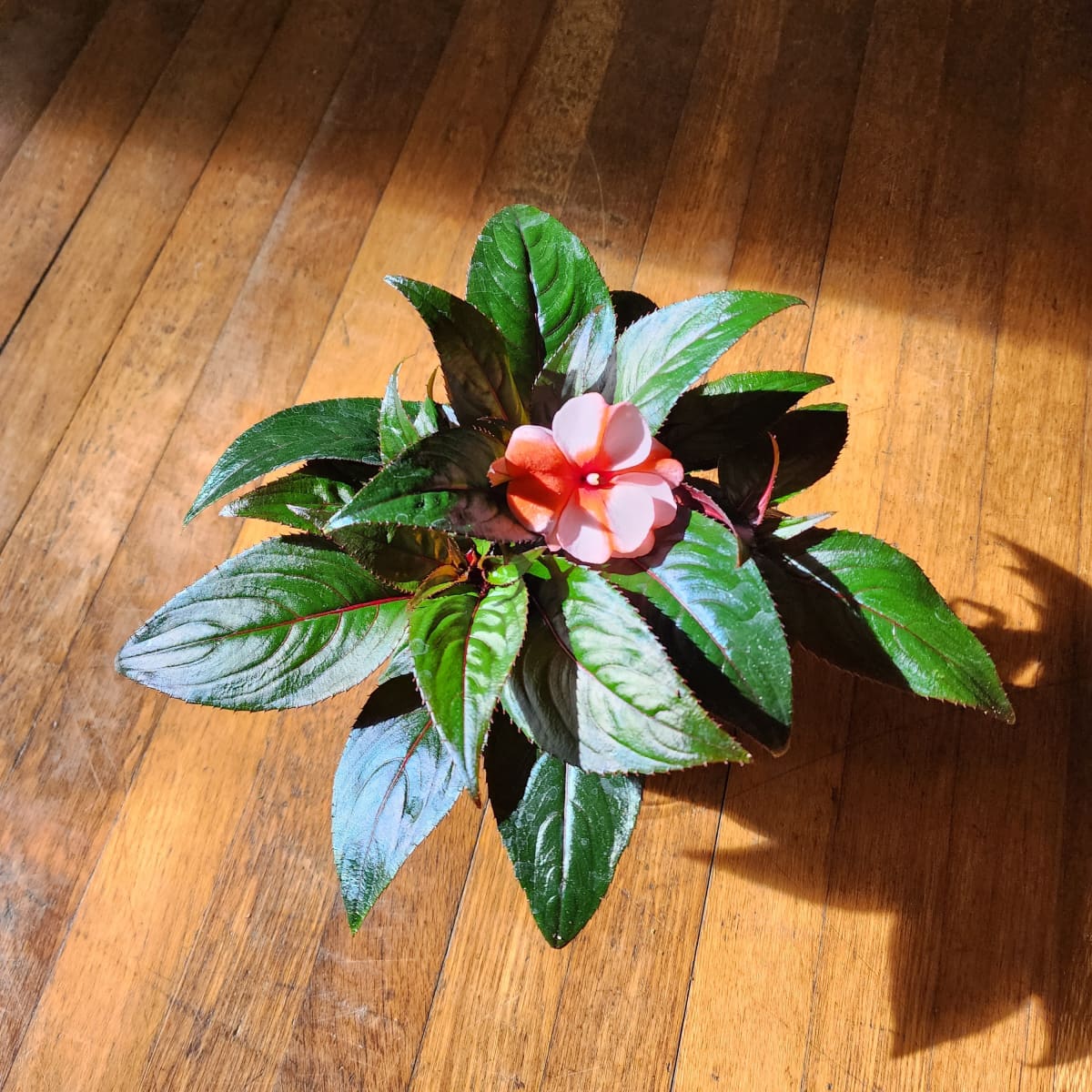
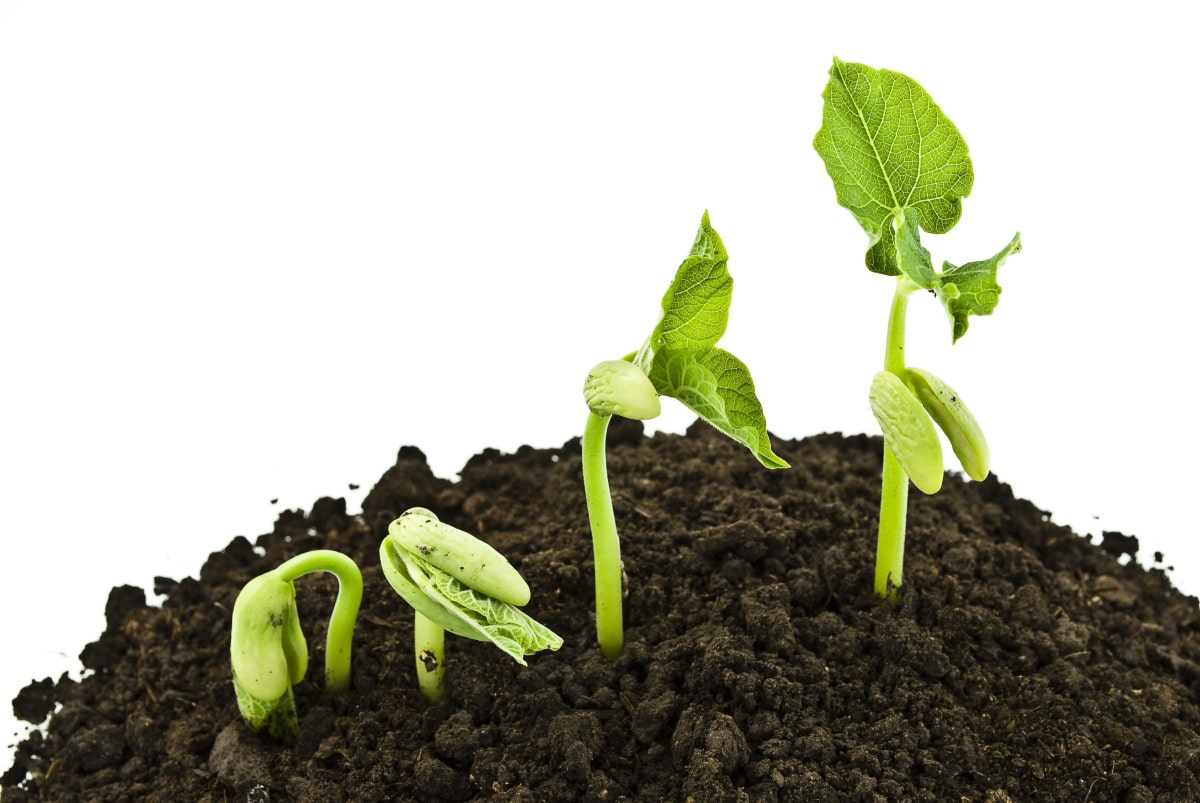
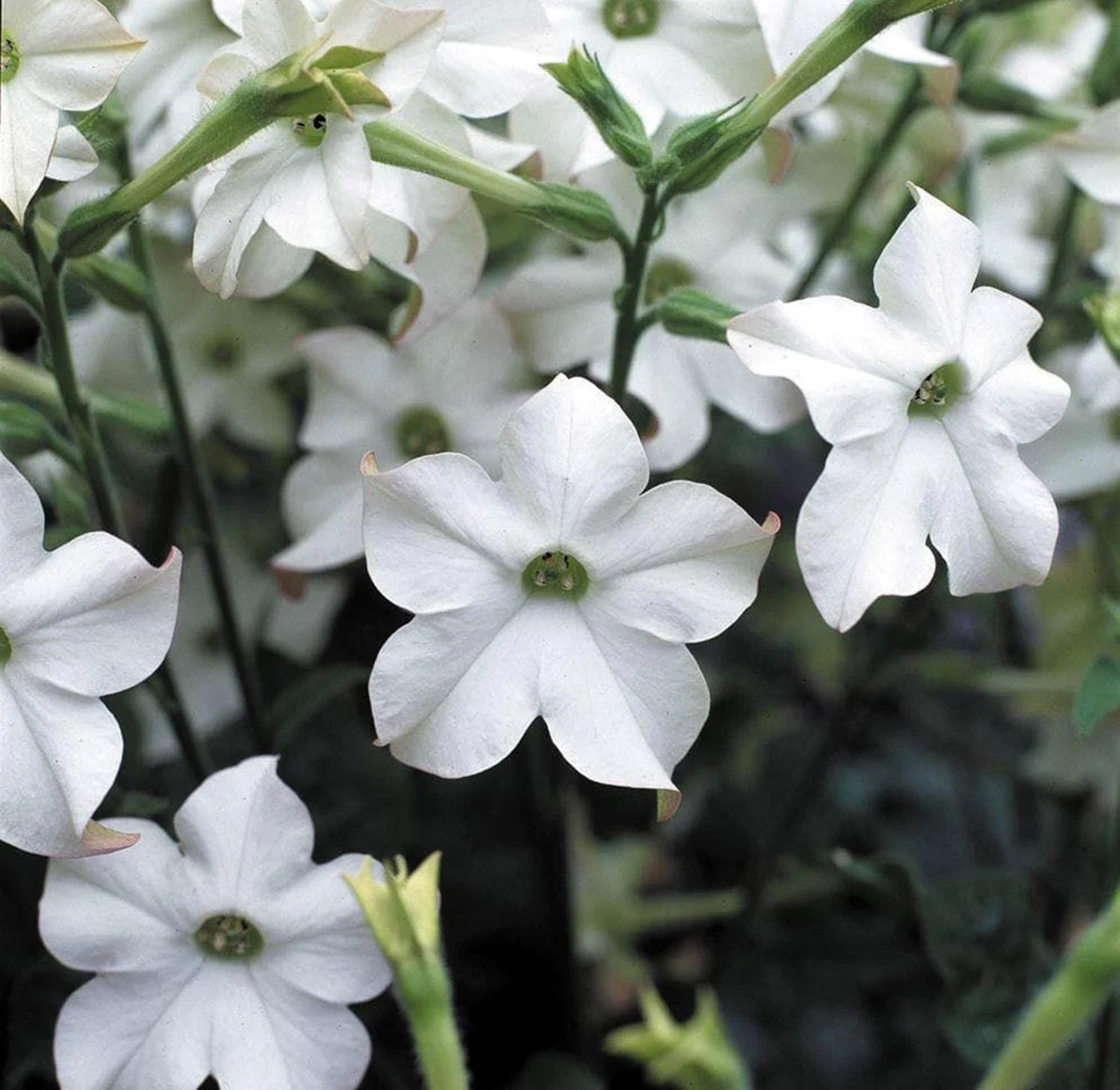

0 thoughts on “How To Germinate Betula Occidentalis”